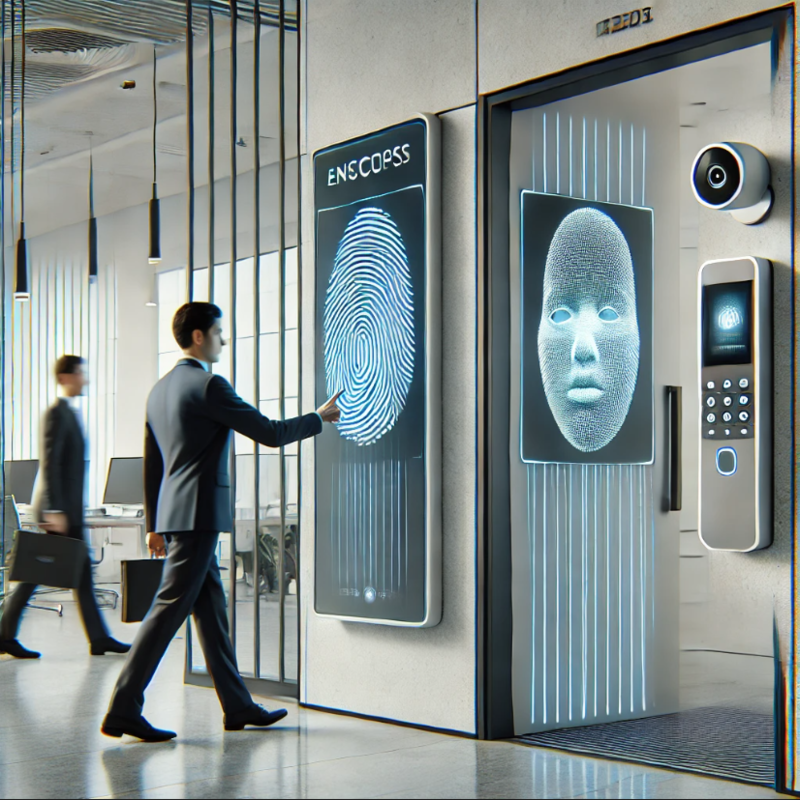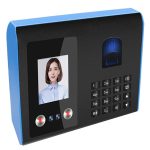Introduction to Biometric Authentication in Small Businesses
Biometric authentication is changing how small businesses handle security. It uses unique human features, like fingerprints and facial patterns, to confirm identity. This tech can help secure data, control access, and track time. In small businesses, it boosts efficiency and prevents fraud. Two common types are fingerprint and facial recognition.
Fingerprint systems scan finger patterns. They are popular in phones and secure areas. Facial recognition uses facial features to identify people. It’s gaining ground due to its ease of use. Small businesses must weigh these options. They should consider accuracy, ease, and privacy impacts.
As biometrics evolve, businesses can stay ahead. They can use these tools to improve security and operations. By picking the right biometric method, small businesses can safeguard their future.
Overview of Fingerprint Recognition Technology
Fingerprint recognition technology stands as a reliable security option for small businesses. It maps the unique ridges and swirls of a person’s fingertip. This biometric method offers a secure way to lock and unlock devices, facilities, and systems. Businesses value it for its accuracy and the speed at which it can verify identity.
How It Works
A fingerprint scanner captures an image of a fingertip. It then compares this against stored fingerprint data. Scanners use different methods, like optical, capacitive, or ultrasonic technology. Each has its way of detecting fingerprint details. These methods can be integrated into various devices, including smartphones and door entry systems.
Benefits for Small Businesses
For small businesses, fingerprint tech is cost-effective. It doesn’t need expensive hardware. You can use it in time-keeping systems to avoid buddy punching. It also fits well with smartphones for secure access to business apps.
Limitations to Consider
Yet, there are limitations. Fingerprints can be copied using advanced techniques. The requirement for physical contact raises hygiene concerns. Also, the scanner’s surface can wear down over time.
By understanding these aspects of fingerprint recognition technology, small businesses can determine if it’s the right fit for their security needs.
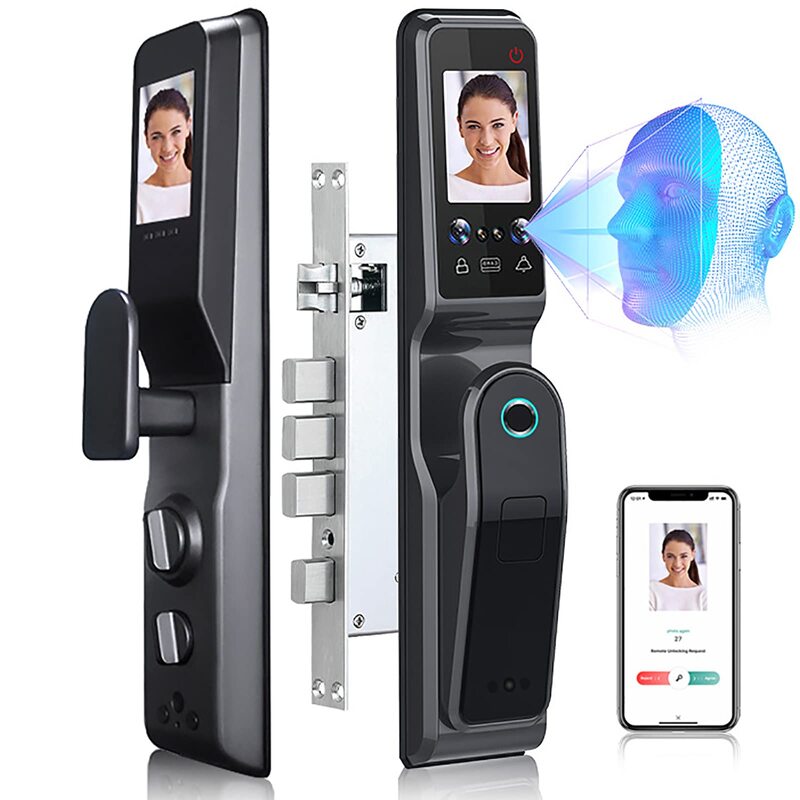
Pros and Cons of Fingerprint Biometrics
In the world of biometric security, fingerprint biometrics stand out. They have clear upsides and downsides that small businesses need to know about.
Benefits for Small Businesses
Fingerprint biometrics offer several benefits:
- Unique Identification: Each person’s fingerprint is unique, which ensures accurate identity checks.
- Consistent Over Time: Fingerprints do not change significantly, providing reliable results.
- Quick Verification: Scans are fast, allowing for efficient access control.
- Cost-Effective: No need for expensive equipment; many devices already include scanners.
- Ease of Integration: Easily added to current security systems and devices.
- Efficiency in Timekeeping: Helps prevent time theft in the workplace.
Drawbacks to Consider
However, some drawbacks exist:
- Copy Vulnerability: Advanced methods can replicate fingerprints.
- Hygiene Issues: Scanners require touching, which can spread germs.
- Wear and Tear: Scanners may deteriorate with frequent use.
- Physical Limitations: Injuries or skin conditions can affect scan accuracy.
- Environmental Sensitivity: Performance can falter with dirt, moisture, or damage.
Understanding the pros and cons of fingerprint biometrics helps small businesses make informed choices. They can decide whether the benefits outweigh the drawbacks for their particular needs.
Understanding Facial Recognition Systems
Facial recognition systems are becoming a key player in small business security. They analyze facial features to identify individuals. This tech provides a hands-free and often more hygienic alternative to fingerprint biometrics.
How They Function
These systems capture a facial image and compare it to known faces in a database. They use algorithms to measure facial landmarks. Advanced systems even analyze 3D data for more accuracy.
Pros for Small Businesses
Facial recognition can be faster and more convenient than fingerprint methods. It’s ideal for environments where hands are often dirty or busy. Also, it doesn’t require physical touch, which is better for hygiene.
Challenges to Face
Yet, this technology isn’t perfect. It can struggle with poor lighting or if someone’s appearance changes. There’s also the concern of privacy invasion. Plus, sophisticated methods might trick systems, raising security questions.
By exploring how facial recognition works, small businesses can assess its suitability for their security needs.
Advantages and Disadvantages of Facial Recognition
Facial recognition technology is gaining popularity for small business security needs. It offers a range of benefits but comes with its downsides too.
Pros of Facial Recognition for Small Businesses
The advantages of using facial recognition include:
- Contactless Identification: No need to touch surfaces, reduces germ spread.
- Convenient: Works quickly, often just needs a glance to verify identity.
- Hygienic: Ideal for clean environments and health sectors.
- User-Friendly: Simple for users, good for quick access.
- Technologically Advanced: Often combines with other security measures for stronger systems.
Cons of Facial Recognition to Think About
Despite the perks, facial recognition has challenges:
- Sensitive to Conditions: Struggles with bad lighting or changes in appearance.
- Privacy Concerns: Risks of surveillance and data misuse.
- Potential for Bias: May show inaccuracies across different demographics.
- Spoofing Risks: Advanced fakes can sometimes trick the system.
- Cost Implications: More sophisticated systems may demand higher investments.
Small businesses can weigh these pros and cons to decide if facial recognition fits their security strategy.
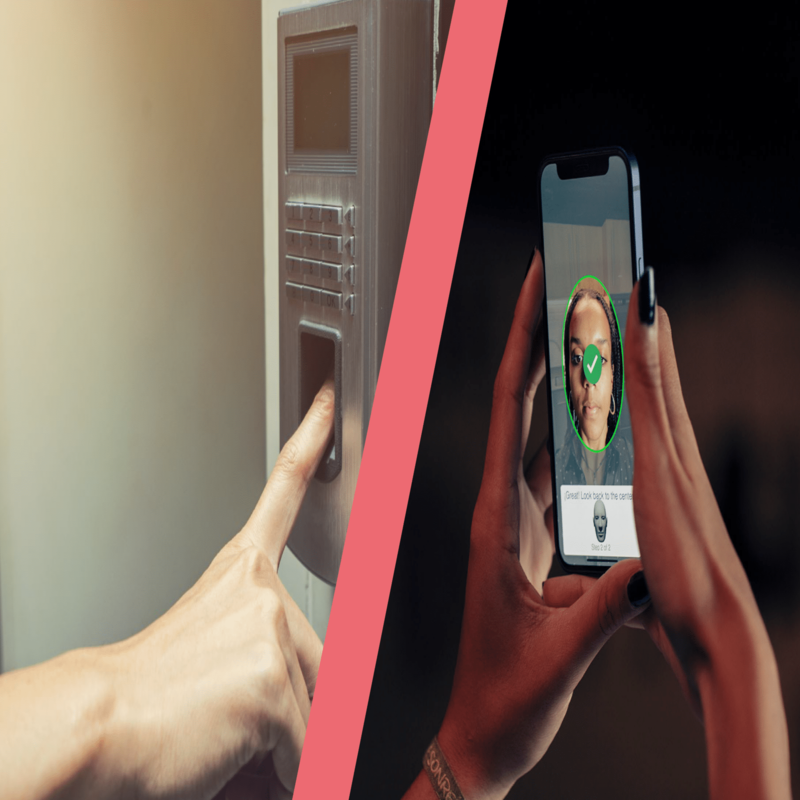
Comparison: Fingerprint vs Facial Recognition Accuracy and Reliability
When small businesses consider biometric systems, they often compare fingerprint vs facial recognition. Here’s how they stack up.
Accuracy and Reliability of Fingerprint Recognition
Fingerprint recognition leads in accuracy. Unique patterns in each fingerprint make it hard to replicate. Scanners can quickly match prints with those on file, ensuring reliable access.
The Case for Facial Recognition
Facial recognition is evolving. Its contactless feature makes it appealing. However, accuracy may vary due to facial changes or lighting. Upgrades in technology could boost its reliability.
Both methods have strengths. Each suits different business needs. Considering your specific environment will guide the best choice for your business.
Impact of Environmental Factors on Biometric Systems
Environmental factors can heavily influence the performance of biometric systems. Small businesses must consider these effects when choosing between fingerprint and facial recognition technologies.
Fingerprint System Sensitivity to Environmental Conditions
Fingerprint biometrics can be affected by various environmental factors:
- Moisture and Dirt: Wet or dirty fingers can prevent accurate readings.
- Temperature: Extreme cold can make it difficult for users to place their fingers correctly.
- Wear and Tear: Frequent use may degrade the scanner’s ability to capture fingerprints.
These issues can lead to increased failure rates and potentially compromise security.
Facial Recognition Adaptability to Different Environments
Facial recognition, in contrast, has some advantages when facing environmental challenges:
- Lighting Variations: Advanced systems can operate even in low or varying light conditions.
- Obstructions: Some systems can recognize faces despite obstructed views or accessories like glasses or hats.
However, facial recognition can have its accuracy reduced by factors such as significant changes in appearance or angles.
Choosing the Right Biometric System
To mitigate environmental impacts, small businesses should:
- Assess the Work Environment: Choose a system that aligns with the physical conditions.
- Implement Additional Safeguards: Use other security measures to support biometric systems.
- Regular Maintenance: Ensure that scanners and cameras are kept clean and functional.
By carefully examining the work environment and maintaining the systems properly, small businesses can ensure more reliable biometric security measures.
Ethical and Privacy Considerations in Biometric Authentication
Biometric authentication raises key ethical and privacy issues. Small businesses need to address these when choosing between fingerprint and facial recognition systems.
Ethical Concerns
These technologies involve personal data, creating ethical concerns. Questions arise about handling and storing such sensitive information. Businesses must ensure ethical use and protect this data.
Privacy Implications
Biometric data is highly personal. Its misuse can lead to privacy violations. Small businesses should safeguard against unauthorized data access or leakage. Users should know how their data is used.
Consent and Choice
Users should have the option to choose their preferred biometric method. They should give informed consent before their biometric data is collected.
Regulations Compliance
Small businesses must comply with privacy laws. They must know and follow laws like GDPR or CCPA. Compliance helps protect user data and avoid legal issues.
Data Security Measures
Businesses should implement strong data security. This protects biometric data from theft or hacking. Regular audits and updates are vital.
Transparency in Usage
Clear policies on biometric data use are important. Businesses should be transparent about how they use and store this data. Trust with users is key.
By considering these ethical and privacy issues, small businesses can responsibly integrate biometric authentication into their operations.
Future Trends: The Evolution of Security Technologies
As small businesses look ahead, understanding future trends in security technologies is crucial for planning and staying competitive. The evolution of security tech is constant, driven by innovation and the need to address new challenges. Here are key trends small businesses should monitor:
- Artificial Intelligence in Biometrics: AI is set to enhance biometric systems, increasing accuracy by learning patterns over time.
- Multi-Factor Authentication (MFA): Combining biometrics with other verification steps will become standard, providing layered security.
- Contactless Biometrics: Heightened by health concerns, demand for contactless methods like facial and voice recognition will grow.
- Mobile Biometric Solutions: As mobile device usage expands, biometric authentication will follow, making security more portable.
- Behavioral Biometrics: Moving beyond physical traits, new systems may assess behavior patterns for identity verification.
- Privacy-Preserving Technologies: Innovations will focus on securing biometric data to maintain user privacy and meet regulations.
- Biometric Integration in Daily Operations: Biometrics will become part of everyday business tools, from payment processing to customer service.
Embracing these trends enables small businesses to enhance their security measures effectively. By staying informed and adaptable, they can protect their operations from emerging threats while maintaining user trust.
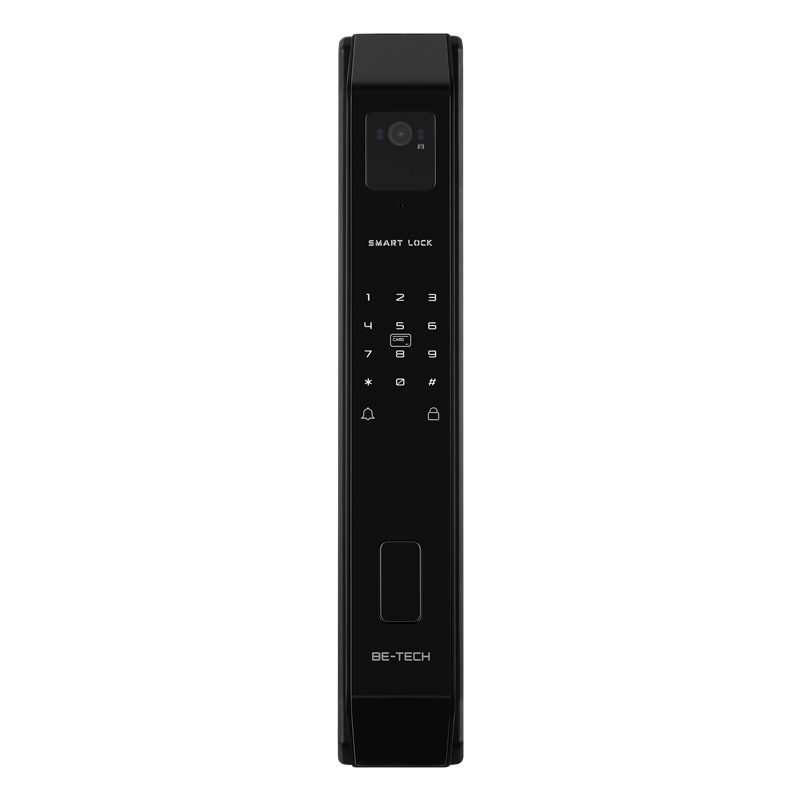
Best Practices for Implementing Biometric Solutions in Small Businesses
For small businesses, biometric solutions can bolster security and streamline operations. But careful planning is key. Here are best practices for implementing these technologies effectively.
Choose the Right Biometric System for Your Environment
Evaluate your workspace to see whether fingerprint or facial recognition fits best. Consider factors like user comfort, hygiene needs, and work conditions.
Ensure User Consent and Privacy
Always get permission before collecting biometric data. Make sure users know how you’ll use and protect their information.
Comply with Data Protection Laws
Understand laws like the GDPR or CCPA. These impact how you handle and secure personal biometric data.
Safeguard Biometric Data
Protect against data breaches. Use strong encryption and secure storage for all biometric information.
Regularly Update and Maintain Systems
Keep your biometric systems up-to-date. Regular maintenance reduces wear and tear and guards against security threats.
Train Staff on Biometric Technologies
Ensure employees know how to use biometric systems. They should also understand privacy practices related to these tools.
Plan for System Failures and Backups
Have backup processes ready if biometric systems fail. You can’t risk locking out employees or losing data.
Be Transparent with Usage Policies
Clearly state how you collect, use, and store biometric data. Building trust with users is essential.
By following these practices, small businesses can make the most of biometric solutions. These steps help provide a secure, private, and efficient work environment.
